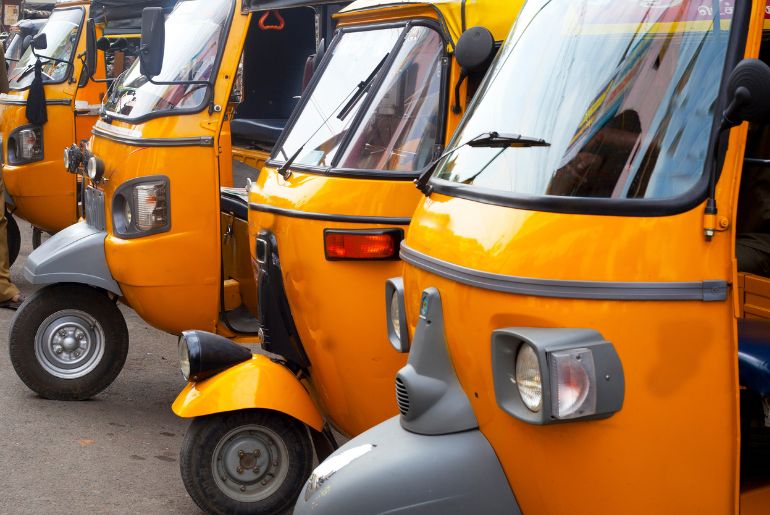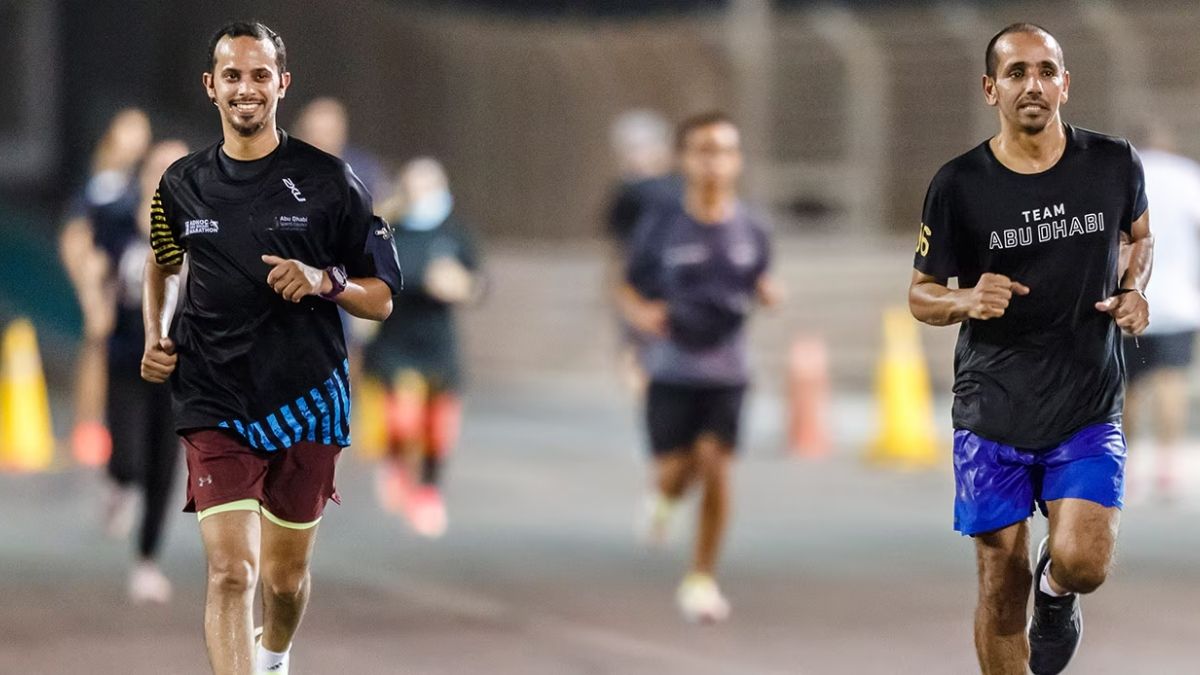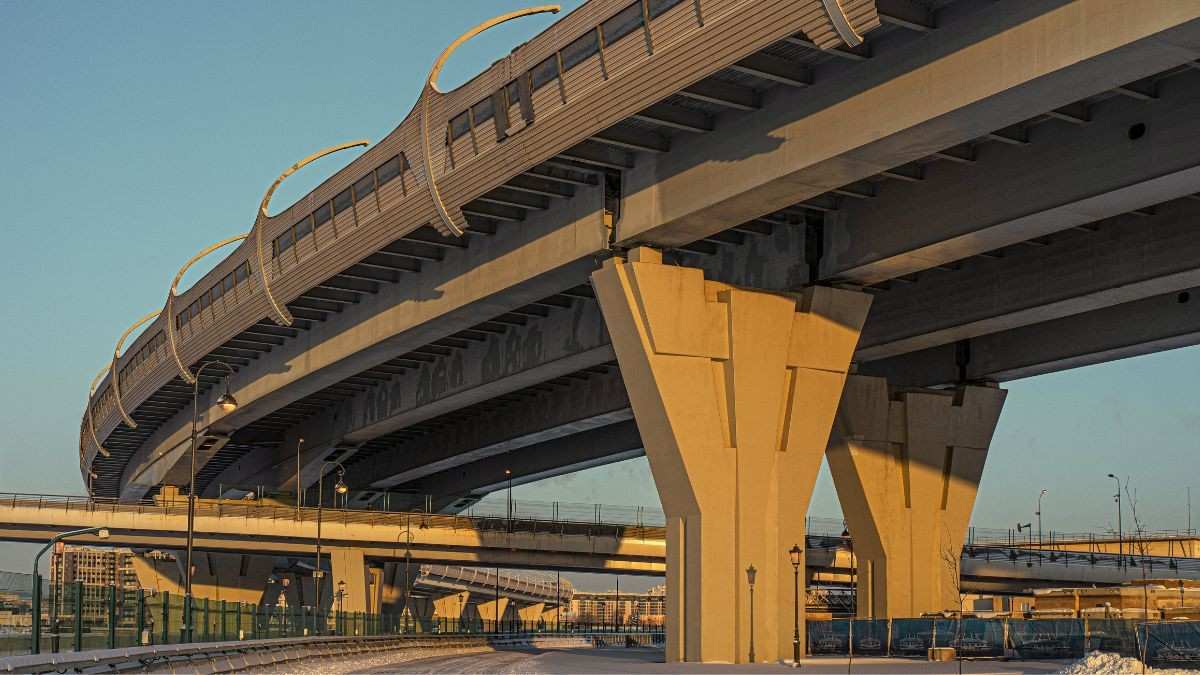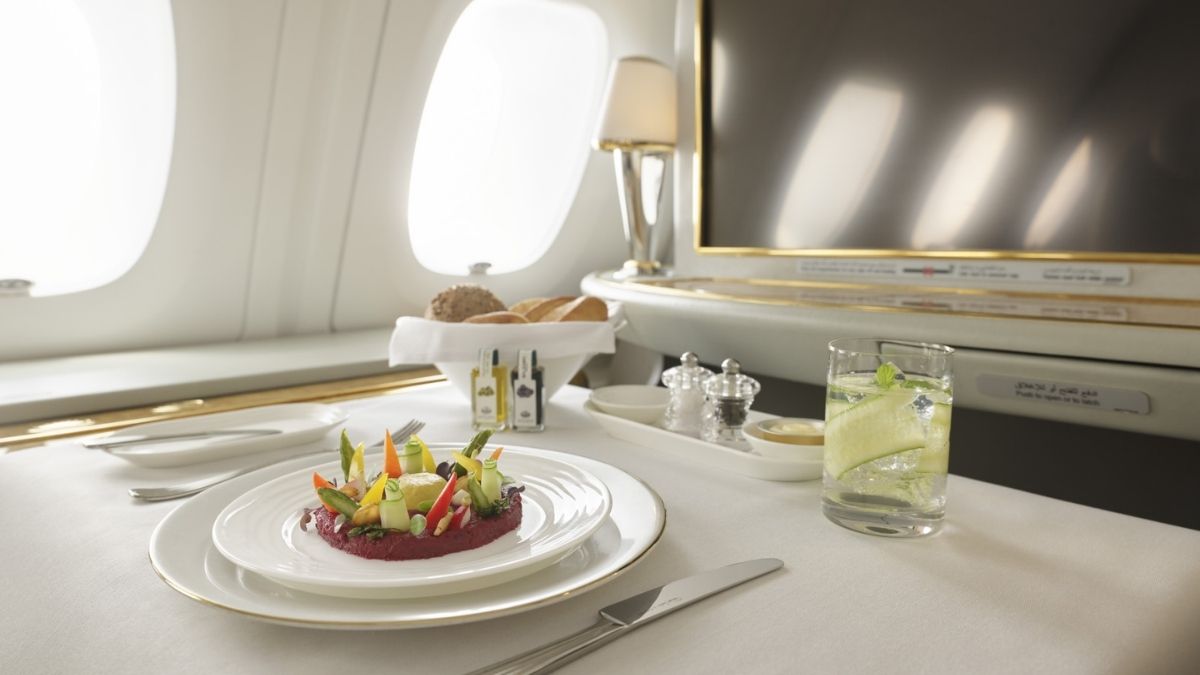As it turns out, last-mile travel connectivity is extremely important for services like Metro, a recent study has found. Toyota Mobility Centre and NGO WRI India have recently released a report called “Improving Metro Access in India: Evidence From Three Cities.” The report was made based on data from three major cities: Bengaluru, Delhi, and Nagpur. It revealed a lot of important information about travelling trends in people when it came to Metro.
Last-Mile Travel Costs Women More; Study Reveals

- According to an article recently published by MoneyControl on the study, it seems that women spend a bit more on last-mile travel options than men in the same income category. This is owing to concerns about safety.
- The study also found that the prevalent structures of fares are not conducive to the travel patterns that women have showcased thus far. Women generally do not prefer to travel by bike taxis, which are the cheapest options and tend to opt for the mode that is available soonest.
- All of this means that there is a lack of infrastructure that is conducive to travel patterns shown in women owing to which women still end up spending more than men even for public transportation options, at least in cities like Bengaluru, Delhi and Nagpur.
Also Read: Commute To Bengaluru City From Kempegowda Airport Terminal 2 Easily As BMTC Extends Services
Other Important Observations Made In The Study

- Last-mile travel options also affect the number of people who use public transportation like metros. The study found that without sufficient last-mile transport, people generally abstain from taking the metro at all.
- Underutilisation of the metro has also resulted from the fact that it is both, too cheap for people in high-income brackets and too expensive for people in lower-income brackets.
- The majority of people who travelled in the metro earned somewhere between ₹10,000 to ₹60,000. People above this income bracket tend to prefer travelling in cars while for others, it is far too expensive to afford.
Also Read: Delhi Metro: Yellow Line Disrupted For Over 80 Minutes; Angry Commuters Tweeted Their Hassles
What are your views on this study? And how does last-mile connectivity, or the lack thereof, affects your commute? Let us know in the comments below!
Cover Image Credits: Canva Images
First Published: July 20, 2023 12:16 PM



